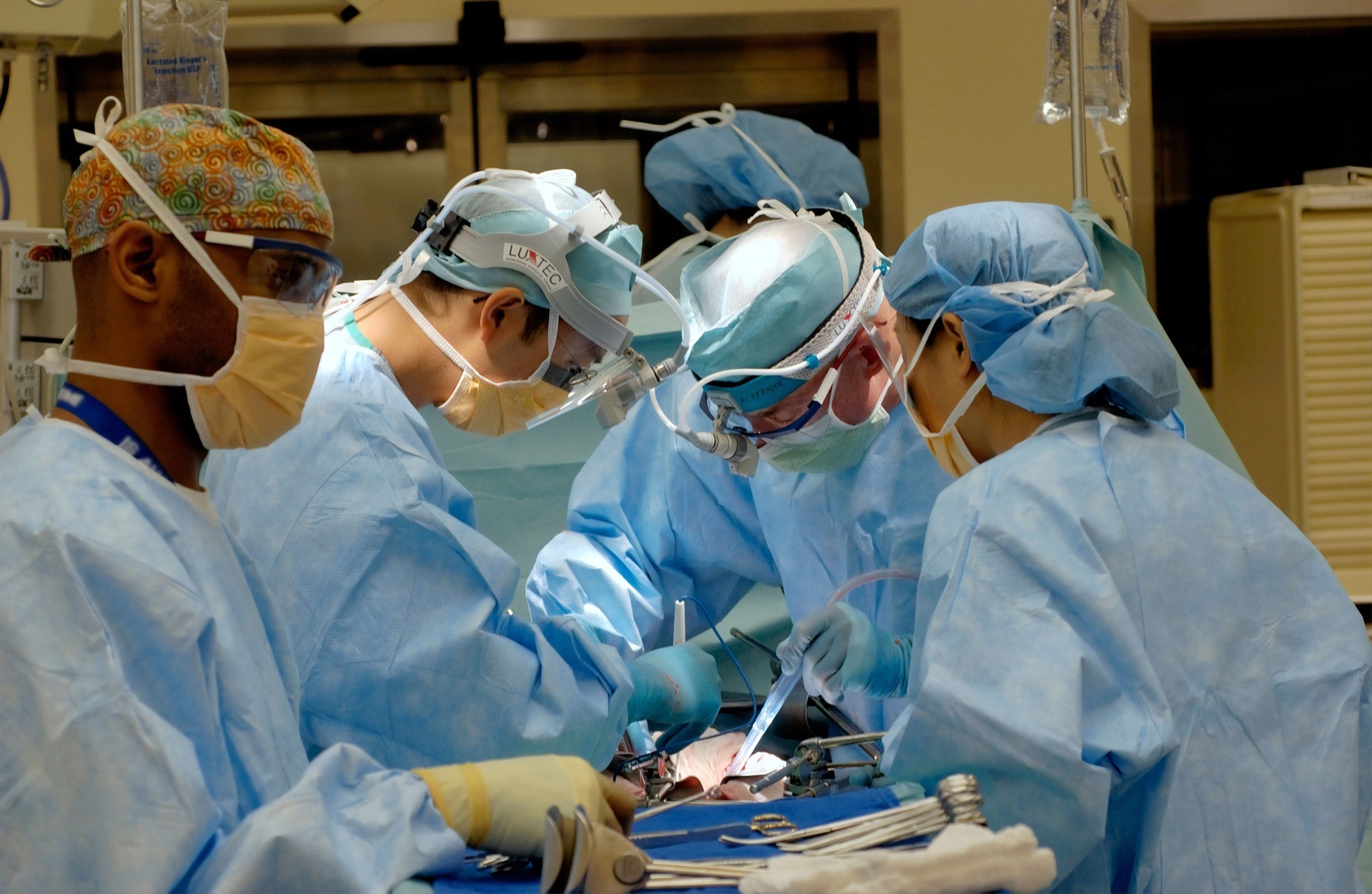

To learn more about our RealSuture 6-Layer Suture Pad click here.
Cadavers are invaluable teaching tools. They allow future medical professionals to learn anatomy as it will appear in their future patients: full of both depth and idiosyncrasies. It can be difficult to replicate this with flat texts and videos, which is why cadavers are a popular way to teach numerous procedures. That said, research is clear that suturing is best learned through repetition on a high-fidelity model [1]. While cadavers are often more true-to-life than a video, they still react, feel, and look quite differently than living tissue does. As such, there is an important place for realistic, reusable training tools such as SurgiReal’s suture pads.
Realism
Realism is critical when teaching suturing skills. Realistic practice tools ensure that students learn good skills that need minimal adjustment when translating them to live patients. One study found that students who were focused on both translating their skills - in this case skills learned on a computer were being tried on a cadaver - and on completing a procedure experienced increased cognitive load, leading to longer suture times [2]. Practicing in as realistic a setting as possible minimizes these challenges.
To approximate a realistic, hands-on experience, many students turn to pigs’ feet and sponges. While very cost-effective, these tools do not provide as realistic an experience as a high-quality silicone model [3]. Somewhat counterintuitively, cadavers may also not provide the level of realism that a tool like SurgiReal’s suture pads can. While tissue on a cadaver contains the layers and structure students will see in real life settings, it behaves differently than living tissue. In part, this is due to the formaldehyde and other chemical treatment cadavers are subjected to in order to prevent decay. Cadaver skin is leathery and tough, which forces students to press harder into the skin with sutures and other tools than one would press on living skin. SurgiReal suture kits react and feel like live tissue. They, like cadavers, have identifiable layers, but these layers are pliable and stretch more like skin. If a student pushes too hard on a SurgiReal suture pad, their puncture will go too deep, more accurately replicating the experience of live tissue. Instructors can use these pads to help students learn to work with the correct amount of tension, just like they would with human skin. These details and realism ensure that students will not have to re-learn their skills when they leave the class.
Repetition & Cost-effectiveness
Repetition is key to developing and maintaining suture skills. However, access to cadavers is limited to the lab. As such, students may not be able to practice their skills as frequently as they need to in order to both become proficient and improve their technique. A reusable suture kit provides an opportunity for practice outside the lab. As an added benefit, these kits are incredibly portable. Students can bring them to a class for direct instruction and guidance, or they can then continue their practice in nearly any environment when they have a few free minutes.
SurgiReal’s suture pads and other devices also allow for extensive reuse, making them a cost-effective practice option. In most cases, cadavers cannot be reused; once sutured, they cannot be effectively un-sutured. They also only allow for a certain number of sutures per cadaver. These factors limit their usefulness as a practice tool for multiple students across multiple procedures. Cadavers also cannot be maintained indefinitely, and the cost of an ongoing supply can be prohibitive. Without additional practice tools, students may find themselves using their live clinical experiences as opportunities for practice, which is not ideal. In contrast, a standard SurgiReal suture pad can be reused for up to 750 sutures on our 3-Layer pad and up to 1,500 sutures on our 6-Layer pad, enough for plenty of repetition.
Conclusion
Traditionally, cadavers are considered the ‘gold-standard’ for a high-fidelity practice environment across many procedures. However, SurgiReal’s suture pads and other kits allow instructors to provide extremely realistic, simulation-based training outside the cadaver lab. When given the opportunity to practice suturing with silicone kits, novice trainees indicated that they found the kits valuable and that both their skill and confidence increased upon using them. Many stated that they would continue to use them throughout their education [4]. Students who have ample opportunity to practice suturing skills and are confident in doing so are better equipped to apply those skills in real world settings. SurgiReal’s kits can be used alongside cadaver-based practice and instruction to provide comprehensive, ongoing, cost-effective training.
To learn more about our RealSuture 6-Layer Suture Pad click here.
References
- Khunger, N. & Kathuria, S. “Mastering Surgical Skills Through Simulation-Based Learning: Practice Makes One Perfect.” J cutan aesthet surg. 9, no. 1 (2016):27-31. https://doi.org/10.4103/0974-2077.178540.
- Britt, Rebecca C., Mark W. Scerbo, Michael Montano, Rebecca A. Kennedy, Erik Prytz, and Dimitrios Stefanidis. “Intracorporeal Suturing: Transfer from Fundamentals of Laparoscopic Surgery to Cadavers Results in Substantial Increase in Mental Workload.” Surgery 158, no. 5 (2015): 1428–1433. https://doi.org/10.1016/j.surg.2015.03.032.
- Boyajian, M. K., Lubner, R. J., Roussel, L. O., Crozier, J. W., Ryder, B. A., & Woo, A. S. “A 3D printed suturing trainer for medical students.” The clinical teacher 17, no. 6 (2020): 650–654. https://doi.org/10.1111/tct.13176.
- Gallagher, P. O., Bishop, N., & Dubrowski, A. ”Investigating the Perceived Efficacy of a Silicone Suturing Task Trainer Using Input from Novice Medical Trainees.” Cureus 12 no. 1 (2020). https://doi.org/10.7759/cureus.6612.
